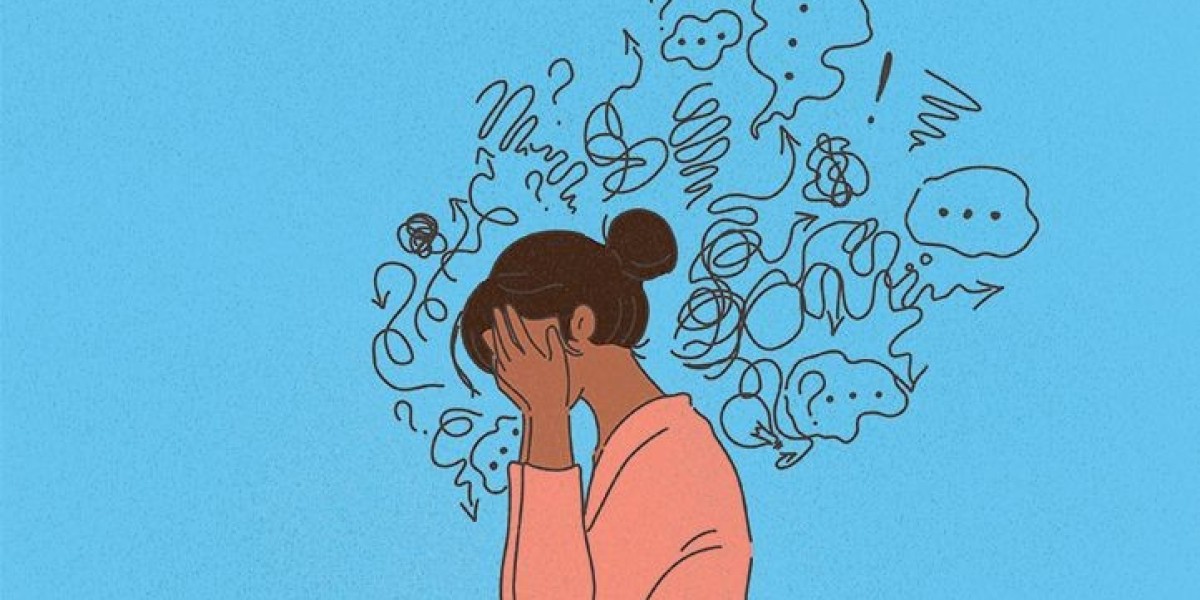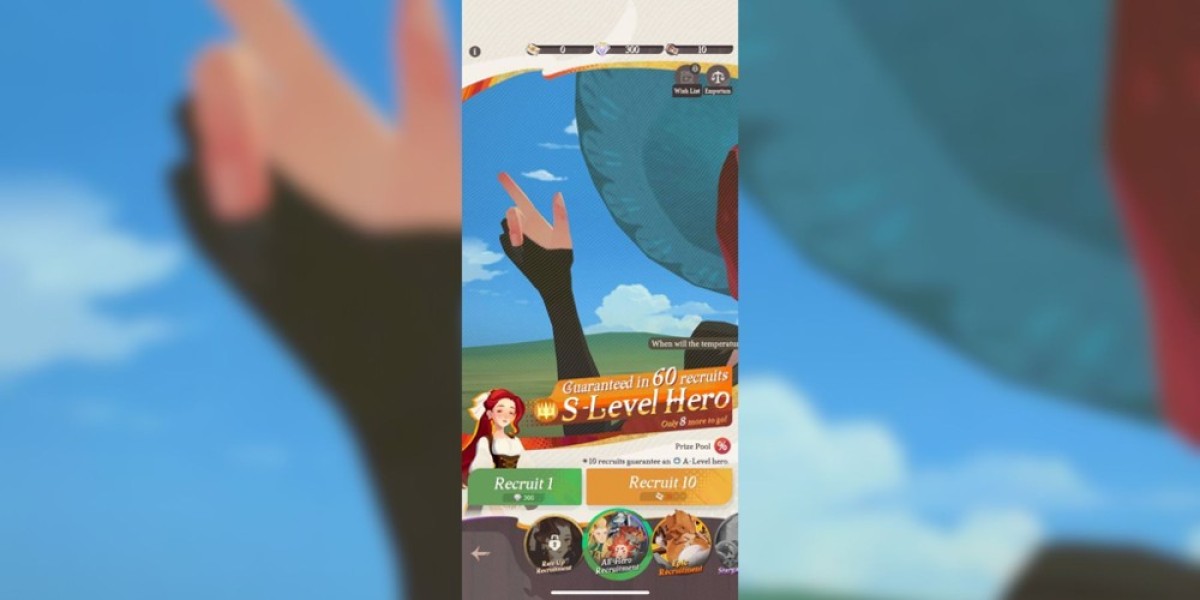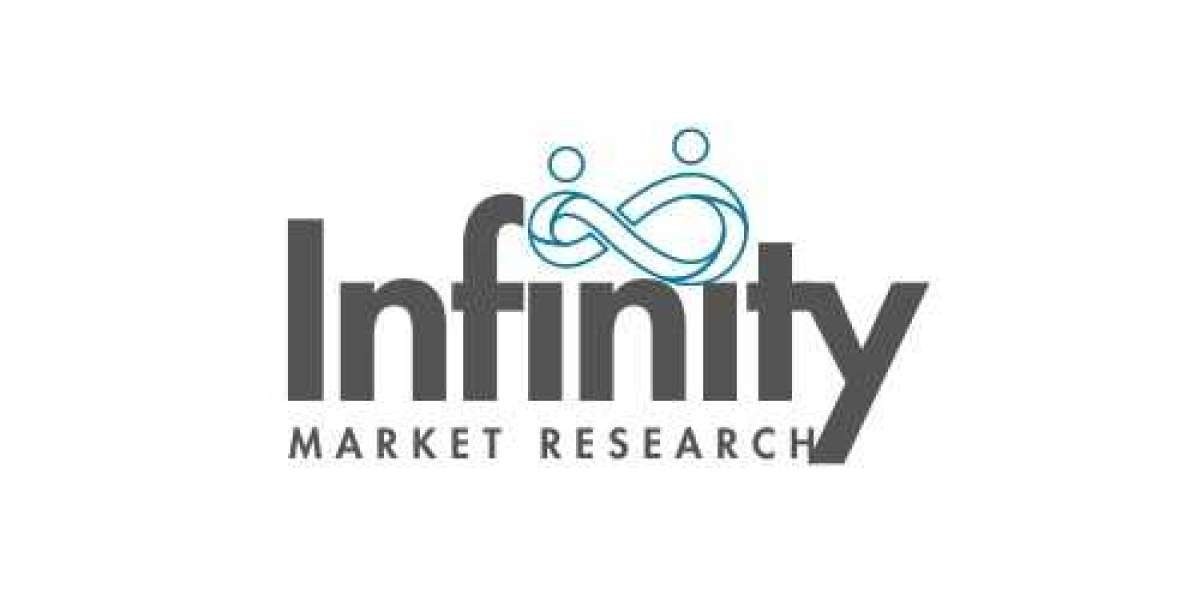Introduction
In an era defined by rapid technological advancement, anxiety has become an increasingly prevalent issue. The digital age offers unprecedented access to information and connectivity, yet it also cultivates a landscape rife with stressors. This article explores the relationship between technology and anxiety, examining how our digital lives influence our mental health and shape our fears.
The Rise of Digital Anxiety
Understanding Anxiety in Context
Anxiety is a natural response to stress, characterized by feelings of worry, fear, and apprehension. In today's fast-paced world, the triggers of anxiety are constantly evolving. Social media, the 24-hour news cycle, and the omnipresence of smartphones contribute to a unique set of stressors that affect individuals in profound ways.
The Statistics
Recent studies indicate a significant rise in anxiety disorder, particularly among younger generations. According to the American Psychological Association, anxiety is now one of the most common mental health issues, affecting millions worldwide. The digital environment plays a crucial role in this epidemic, creating a feedback loop where anxiety breeds more anxiety.
Social Media and Comparison
The Comparison Trap
Social media platforms such as Instagram, Facebook, and TikTok often portray idealized versions of life, leading users to compare themselves to curated highlights rather than real experiences. This constant comparison can exacerbate feelings of inadequacy and fear of missing out (FOMO), contributing to heightened anxiety levels.
Cyberbullying and Online Harassment
The anonymity of the internet can embolden negative behaviors, leading to cyberbullying and online harassment. Victims often experience increased anxiety as they navigate hostile environments that can invade their personal lives. The psychological toll of such experiences can be devastating, often leading to long-term mental health issues.
Information Overload
The 24-Hour News Cycle
The advent of digital media has resulted in a relentless stream of information. The 24-hour news cycle keeps us constantly informed about global crises, political turmoil, and environmental disasters. While staying informed is essential, the overwhelming nature of this information can lead to a sense of helplessness and increased anxiety.
The Fear of Missing Out (FOMO)
As social media keeps us in the loop about friends’ activities and global events, the fear of missing out becomes amplified. People may feel pressured to engage in every trend or event, leading to stress and anxiety when they cannot keep up. This constant connectivity makes it difficult to disengage, further perpetuating anxiety.
The Role of Smartphones
Constant Connectivity
Smartphones have become an extension of ourselves, offering 24/7 access to emails, social media, and news. This constant connectivity can lead to a feeling of being "on" all the time, contributing to anxiety and burnout. The inability to disconnect from digital obligations makes it difficult for individuals to find moments of peace.
Sleep Disruption
The blue light emitted by screens interferes with sleep patterns, which is crucial for mental health. Poor sleep can exacerbate anxiety, creating a vicious cycle where anxiety leads to sleeplessness, which in turn heightens anxiety. As individuals spend more time on their devices, their ability to maintain healthy sleep routines diminishes.
The Paradox of Connectivity
The Illusion of Connection
While technology enables us to connect with others across the globe, it can also create feelings of isolation. Online interactions often lack the depth and intimacy of face-to-face communication, leading to superficial relationships. This can heighten feelings of loneliness and anxiety, especially among those who may struggle with social interactions in person.
Digital Detox: A Solution?
In response to these challenges, the concept of a digital detox has gained popularity. Taking breaks from technology can provide individuals with the space needed to reconnect with themselves and reduce anxiety. Engaging in activities that foster real-life connections and mindfulness can mitigate some of the negative effects of constant digital engagement.
Managing Anxiety in the Digital Age
Mindfulness and Digital Boundaries
Practicing mindfulness can be an effective way to combat anxiety. Techniques such as meditation, deep breathing, and grounding exercises can help individuals manage their responses to stressors. Additionally, setting digital boundaries—such as designated screen-free times or limiting social media usage—can create a healthier relationship with technology.
Seeking Professional Help
For those experiencing severe anxiety symptoms , seeking professional help is crucial. Therapists and counselors can provide tools and strategies to cope with anxiety, especially in the context of a digital world. Cognitive-behavioral therapy (CBT) and other therapeutic approaches can help individuals reframe their thoughts and develop healthier coping mechanisms.
Conclusion
The digital age presents unique challenges that can shape our fears and exacerbate anxiety. While technology offers connectivity and access to information, it also introduces stressors that can impact mental health. By recognizing these influences and taking proactive steps, individuals can navigate their digital lives in a way that fosters resilience and well-being. Embracing mindfulness, setting boundaries, and seeking support are essential in managing anxiety in this complex, interconnected world. As we continue to adapt to the digital landscape, prioritizing mental health must remain at the forefront of our collective consciousness.



